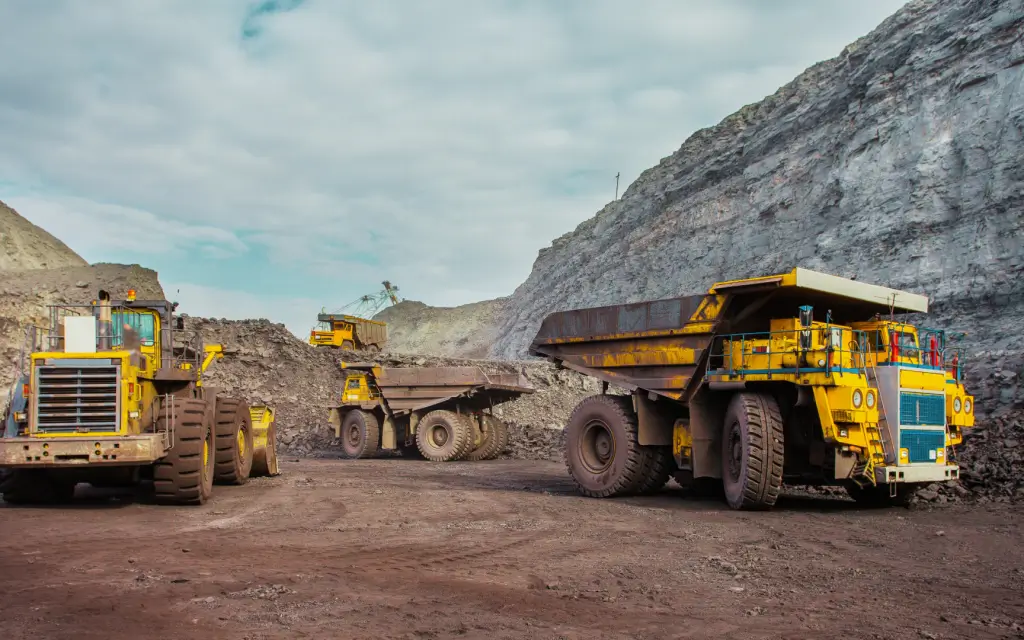Automating the management of contracts, environmental permits, and operational records has a series of benefits that reduce the carbon footprint and the use of energy and resources, cutting processing times in this industry by up to 60%, according to Despapeliza.

Document governance, a structured model that enables the secure, traceable, and regulatory management of critical business information, is an essential tool for mining companies to respond to regulatory bodies and support strategic business decisions.
Its implementation allows for up to 60% optimization of document management in this industry, according to the Chilean company Despapeliza, which offers intelligent automation solutions for these processes. Specialists affirm that simply digitizing papers for convenience or order is not enough: a control system is required to ensure that information is up-to-date, protected, and instantly available.
Mining is regulated by multiple agencies, including entities such as SERNAGEOMIN and the Directorate of Labor, among others, which require traceability, integrity, and immediate, continuous availability of information. This requires companies to implement document management systems that not only store but also guarantee verifiable regulatory compliance and rapid access to critical information,” notes General Manager Rodrigo Mortara Pizarro.
WORKFLOW AUTOMATION
Despapeliza’s proposal is based on the Legale.io platform, which provides workflow automation (with remote, in-person, cloud-based, and advanced electronic signatures), centralized management, integration with existing systems, regulatory compliance, and high security standards. The artificial intelligence-based solution not only digitizes but also governs the entire lifecycle of critical documents, such as contracts, permits, and operational records.

In line with current requirements, Despapeliza’s solutions are certified for document management in labor and mining contexts by the National Geology and Mining Service and the Labor Directorate, which validates their suitability to ensure compliance.
This certification guarantees that automated processes operate with the highest regulatory standards required by the sector’s regulatory authorities.
Mortara explains that companies that have transitioned from digitalization to document governance have managed to reduce signature and document search times, improve their response to audits, and manage processes in minutes that previously took hours or days. The trend is toward increasingly sophisticated automation, with intelligent platforms that are easy to integrate and aligned with environmental, social, and governance (ESG) standards.
In this evolution, AI will play a key role in validating regulatory compliance, monitoring operational management in real time, anticipating risks, and supporting decision-making. In this way, document management will move from an administrative function to a strategic one, providing efficiency, sustainability, transparency, and corporate governance. “In this new digital landscape, document management is part of the organizational culture and becomes the basis for operating competitively, representing a real competitive advantage,” the executive emphasizes.
OPERATIONAL EFFICIENCY AND ENVIRONMENTAL MANAGEMENT

Despapeliza currently collaborates with several clients in the mining industry, with projects for human resources and finance departments, optimizing traceability and delivery times in tasks such as asset lease management. In an environment like the mining industry, where deadlines, precision, and documentary evidence make the difference, these indicators translate into clear operational and reputational advantages that directly impact operational results.
These indicators can be grouped into two categories. First, operational efficiency: reduced time spent signing and searching for documents; increased regulatory compliance; meeting deadlines for contract renewals, permits, or certifications; reduction in operational delays due to lack of coordination between departments; and reduction in errors in document preparation and registration. Second, environmental management: reduced carbon footprint, reduced waste generation, and savings in water, energy, and wood consumption associated with the use of paper.
“For a mining company beginning a review of its document processes, the first step is to conduct a rigorous assessment: identify where critical documents are located, who manages them, what risks exist, and which processes depend on them. Based on this, a clear document governance policy must be defined, aligned with industry regulations, to ensure traceability, efficiency, and compliance,” suggests Rodrigo Mortara.